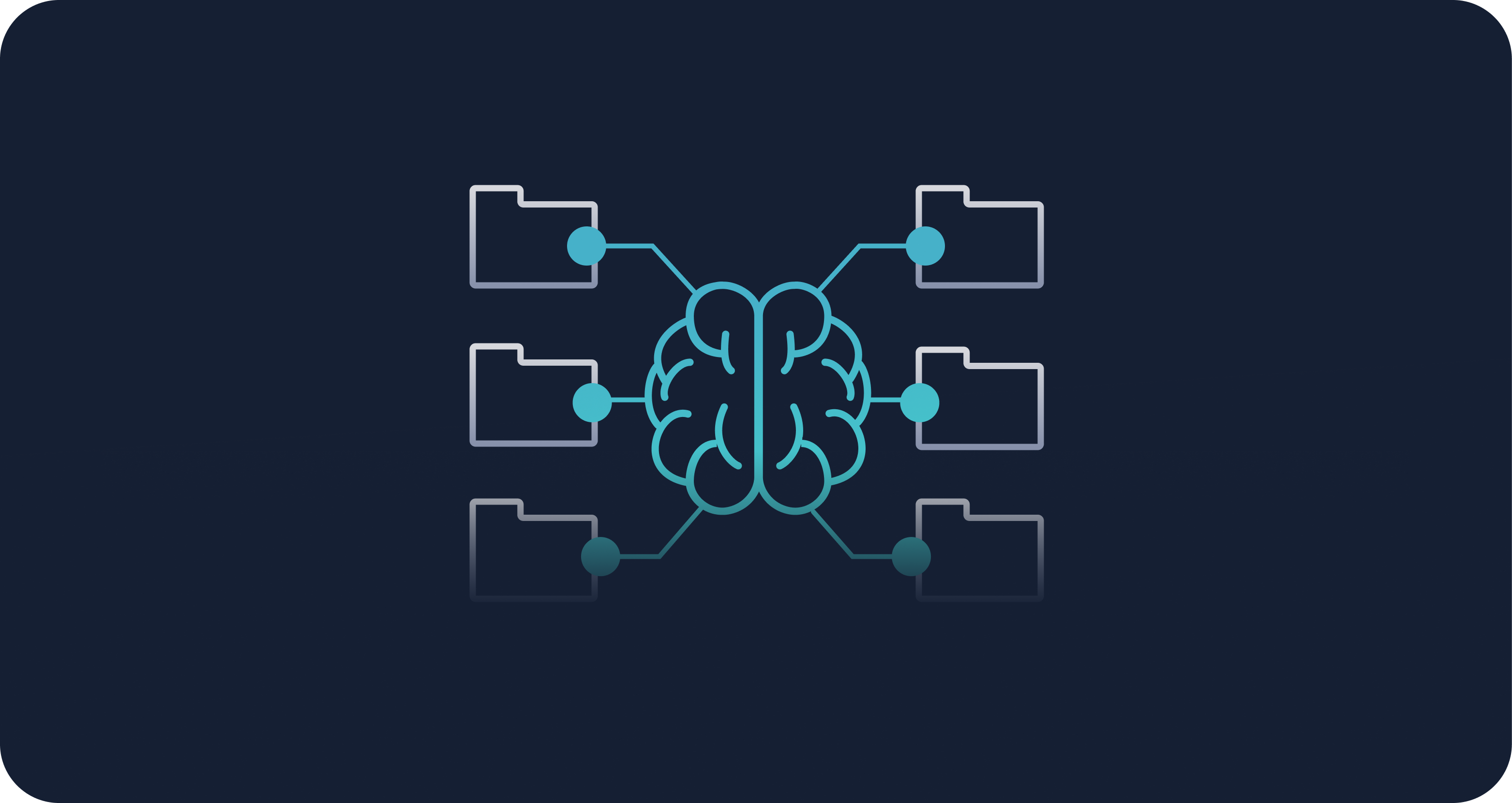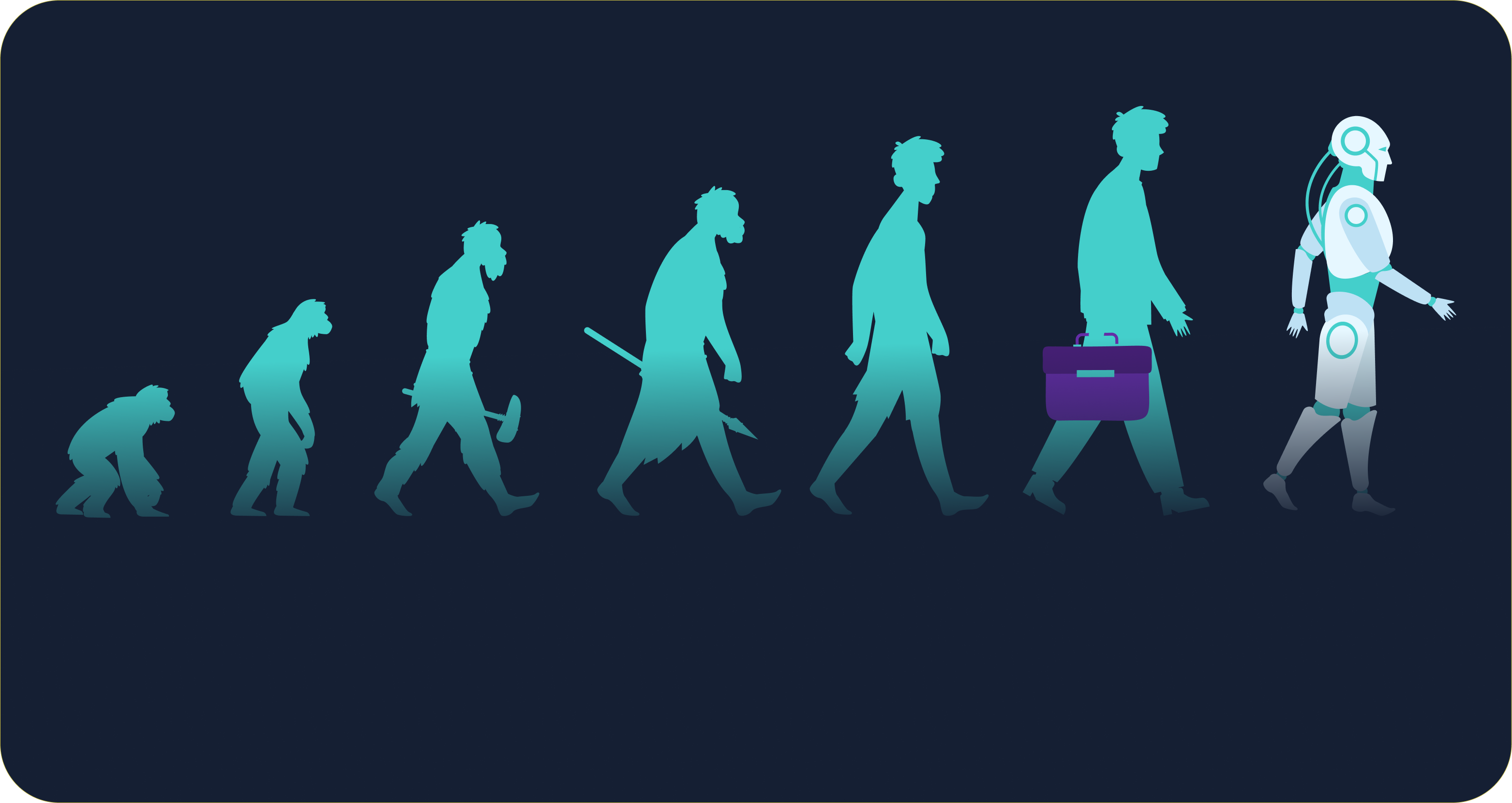A better, richer, and fuller life
How equitable access to credit can reshape the United States
The “American Dream,” coined back in 1931 by James Truslow Adams, is an ethos that founded the United States under democracy, inherent rights, liberty, opportunity, and equality. Adams said that “life should be better and richer and fuller for everyone, with opportunity for each according to ability or achievement,” regardless of who that person was. Through hard work in a society with few barriers, families could attain upward social mobility and set up a better future for the next generation.
This original interpretation gave the freedom to each person to decide what a successful life looked like. Their only limit was the power of their imagination and their willingness to take action.
But over time, the American Dream became synonymous with having more material wealth and achievements in comparison to one’s neighbor. You could even say that the American Dream became a vision of a house in the suburbs with a white picket fence. Now, it’s not that a suburban home is a bad dream to have — it’s just that it can’t be the sole representation of the American Dream.
The people in this country deserve more than a singular vision of what the American Dream should be. We all have different goals, and we ask to define our own ideas of a successful life. So it’s within these multitudes of dreams that we find a question to answer: how do we, as leaders of the financial services industry, expand access for everyone to pursue better, richer, and fuller lives?
First, we have to admit that there is still discrimination in our banking infrastructures
How we decide where and to whom we lend money isn’t — in most cases — purposefully biased or discriminatory. If you were to ask loan officers from financial institutions across the country if their institution was biased in its lending decisions, I’d bet you’d hear a resounding ‘no.’ People don’t want to believe they’re part of a problematic system. But blindness to an issue doesn’t make it disappear. Blindness keeps the problem alive and halts progress.
Thankfully, laws and regulations exist to protect consumers from direct discrimination. But bias can slip under the radar when it abides by all the technical rules (and it oftentimes can). So, where do prejudice and bias live within the banking infrastructure, and how can we root them out?
For simplicity’s sake, we’ll touch on just one area — the credit scoring system. The systems for credit underwriting that most of the financial services industry depends on to make lending decisions doesn’t understand today’s consumers.
I say this because, today, a majority of financial institutions are using a decades-old credit scoring system. A system implemented at a time in which poodle skirts were popular and Elvis found fame — where women couldn’t open their own bank accounts, and Black and Brown citizens still had to fight for equal status in this country.
This system that outputs a three-digit score that dictates a person’s ‘creditworthiness’ has had some updates over the years, sure. But it is inherently flawed in the context of the 21st Century because it was created for a world vastly different from the reality we live in today. As a result, renters are at a disadvantage, buying Christmas presents for your family can lower your credit score, and a person who is perfectly capable of paying back a loan can be deemed a ‘risky’ borrower.
By promoting equity in how we decide who to lend to, we can build a better future for the United States
The lack of access to consistent, fair, and timely credit is one of our country’s most under-discussed issues, considering its importance. Inequitable credit access shapes the core foundation of our nation into one that benefits the privileged to the detriment of the marginalized.
We have technology available today that could solve for a lot of the leftover bias in the system. Artificial Intelligence (AI), developed by a diverse group of people with the intention of finding a reason to lend to someone, can improve the state of credit access in the United States. And the industry is ready to make the switch. In fact, in a survey we conducted at Money 20/20 back in 2021, over 80 percent of respondents who worked in financial services believed AI could make fairer and more accurate credit scoring decisions.
If we improve the system selfishly, the system learns selfishness. If we make these changes selflessly, the system mimics selflessness. When credit access is equitable, everyone benefits. A Citi report from 2020, Closing the Racial Inequality Gap, stated that racial inequality for Black citizens has cost the country upwards of $16 trillion in GDP over the last 20 years. The Urban Institute’s 2019 research report, Explaining the Black-White Homeownership Gap, shows that more than 50 percent of white households have a FICO credit score above 700, compared with only 20.6 percent of Black households. The nation has lost out on significant economic growth because of systemic racism still present in our industry.
But this shouldn’t be done just for the sake of economic growth. It should be done for the betterment of the lives of your neighbors, for individuals who have come to this country seeking new opportunities, and for those who have been on the wrong side of a systemically biased system because of their gender or skin color. It should be done to enable a better, richer, and fuller life for all.
____________________________________
Mike de Vere — Chief Executive Officer, Zest AI
As CEO at Zest AI, Mike has made it the company’s mission to leverage AI in consumer credit underwriting to build financial equity and create a better, richer, and fuller life for all.

